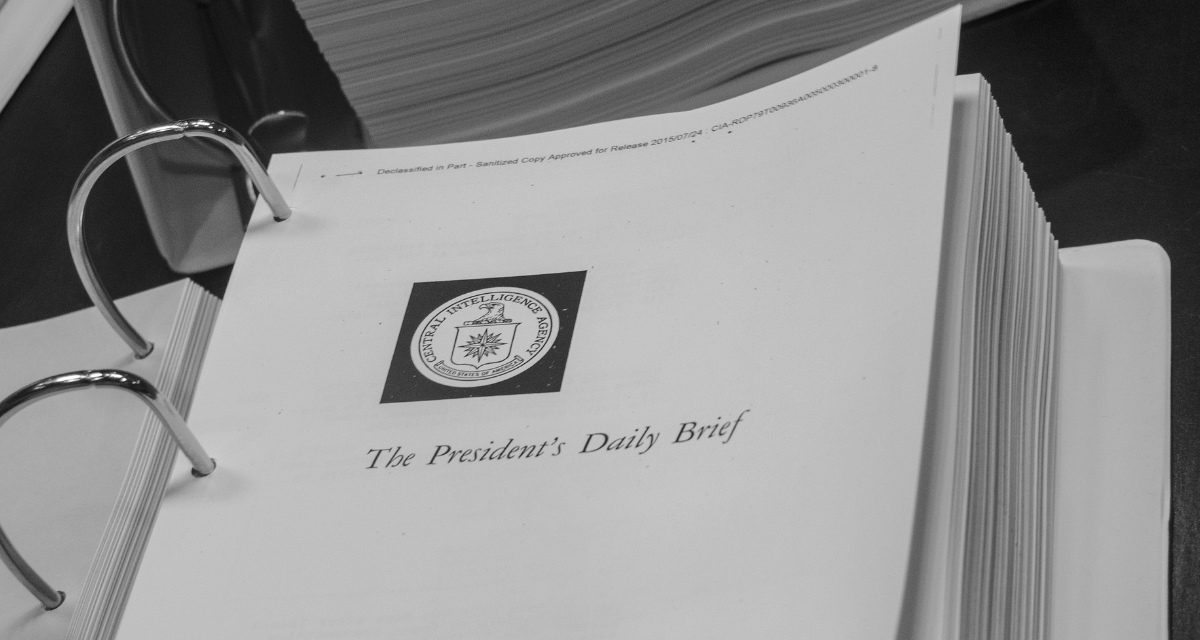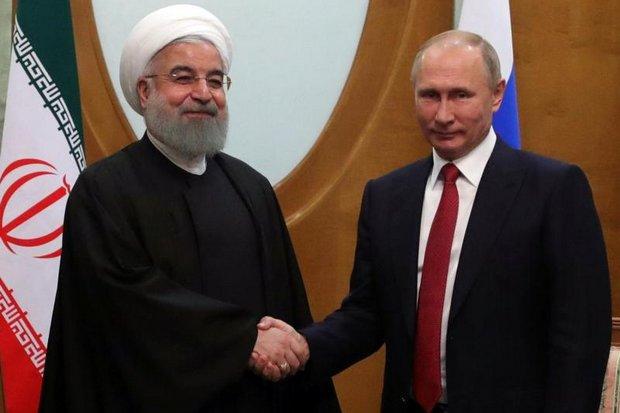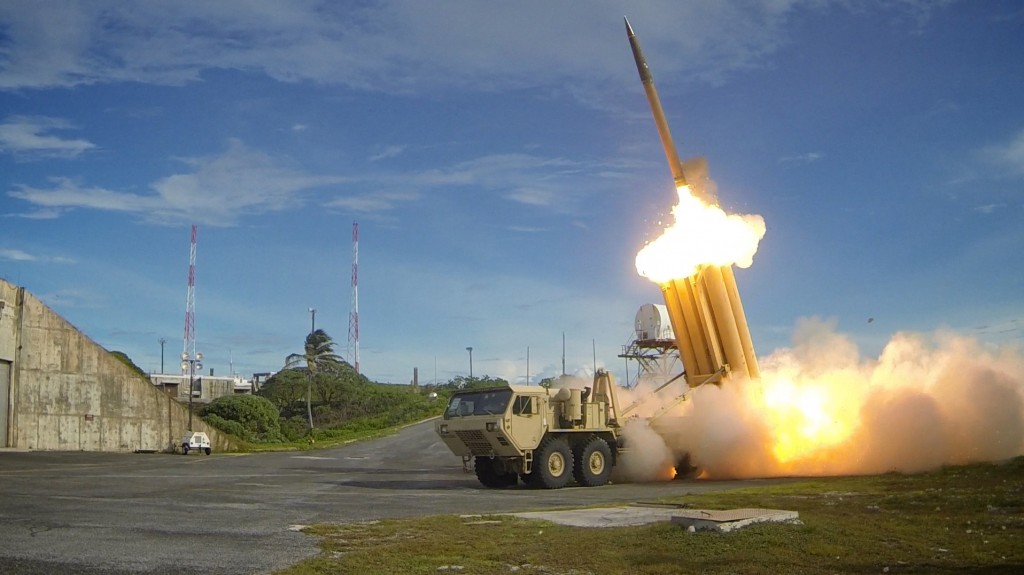The Indian Army’s Role in Nation Building
Part - II
- Maj Gen P K Mallick,VSM (Retd)
Aid to Civil Authorities and Disaster Management
Indian Army is the first responder in ant natural calamities in the country. Army is called out regularly for flood relief all over the country. Indian Army has removed bodies buried under the rubble of earthquakes at Latur and Dharchula and landslides at Kedar Nath and other places in the Kumaon Hills. Army coped with determination in the aftermath of the South East Asian Tsunami in December 2004. Our jawans have risked their lives in cyclonic storms in Orissa and Andhra Pradesh to bring succour to the suffering countrymen. Army has often provided essential services during strikes, has taken medical aid to remote corners of the country, has braved epidemics and plagues. He has quelled communal disturbances and riots. In the past, it has not been uncommon to find the Country coming to a stop due to a strike in some vital sector of the economy or the other. Trade unions in the railways, oil sector, transportation sector etc. have held the Nation hostage bringing the economy to a grinding halt. In all such emergencies, it is the military with its limited resources which has come forward to run the essential services and keep the wheels of economy moving.
Operation Sadbhavana. The Army continues to play a critical role in bringing peace to regions where misguided youth choose to take up arms against the nation. This onerous responsibility has been undertaken by the army with utmost responsibility and maturity. Not only have many areas been rid of violence and fear of terrorism, succour has also been provided by undertaking extensive public support programmes like Operation Sadbhavana and Operation Samaritan. From building of roads, schools, public health facilities, vocational facilities, schools, sporting facilities and provisioning essential supplies, the army has been at the forefront of nation building in these troubled areas.
Border Roads Organisation (BRO). The army has also been at the forefront of helping build the country through developmental initiatives. Amongst some of the most important contributions to the task of nation building, has been the untiring efforts of the Border Roads Organisation (BRO) in connecting the far flung areas of the country with the national mainstream. Areas which were considered distant and desolate are very much a part of the network of roads created by BRO. Working in the most difficult and harshest of conditions, the efforts put in by these dedicated men of the BRO have linked the hearts of the people of the country through thousands of kilometers of roads paved and maintained despite life threatening conditions. Peering into the future, the task ahead is colossal and requires a great deal of focus, resources and disciplined manpower to execute this humongous task that shall shape the infrastructure in the remotest and inaccessible parts of the country.
Territorial Army(TA). The Territorial Army has contributed immensely to the task of nation building through the years. These battalions have assisted in securing vital interests in threatened regions. They have undertaken re forestation initiatives and have transformed large swathes of land which had been ravaged by natural and man made disasters. The home and hearth battalions have been at the forefront of soldiering in some of the most sensitive areas of the country. They have not only fought against difficult military odds, but have also provided a helping hand to the local administration, helping bring peace and stability in their areas of responsibility.
The concept of Ecological Task Force (ETF) was first initiated by the Indian government in 1980 to undertake ecological restoration work in terrains rendered difficult either due to remote location, severe degradation or risky law-and-order situations. The other important objective of this project was to promote and provide meaningful employment to local ex-servicemen in the Territorial Army. Set up in 1982, the Territorial Army’s Ecological Task Force (ETF) is the world’s first ecological battalion. From saving deforested hills from desertification to transforming abandoned mines into lush green forests, the ETF has done it all!
The spectacular successes of the ETFs in the Shivalik hills and the Thar desert prompted the other State Governments to partner with the central government and establish similar battalions in other ecologically degraded parts of the country like Jammu and Kashmir, Delhi, Himachal Pradesh, Assam etc. At present, India has eight ETF battalions (of nearly 1,000 men each) are located at Dehradun, Shri Mohangarh, Delhi, Samba, Kufri, Pithoragarh, Sonitpur and Kokrajhar.
In the last three decades, ETF battalions have planted and cared for over 6 crore saplings and covered more than 70000 hectares of land, with a 70-80% survival rate. This is a significant contribution, especially when this has been achieved in areas with inhospitable terrain, harsh weather and the ever-looming threat of insurgent attacks.At a time when military in the developed countries have just started taking an interest in climate change mitigation, the Indian Army has set an outstanding example for others to emulate. It’s time we acknowledged these unsung foot soldiers and their role in ensuring that our country remains clean and green.
National Cadet Corps (NCC). A more visible manifestation of the army’s nation-building role is the National Cadet Corps. It is engaged in grooming the youth, imbibing in them the qualities of discipline, selfless service and the spirit of nationalism. All the ideals that shape our forces are instilled in the young minds to develop their character, through qualities like comradeship, discipline, leadership, secular outlook, spirit of adventure and ideals of selfless service. This shall shape the value system of the future generations and hence has a direct bearing on the moral quotient of the nation building effort.
Ex-Serviceman (ESM). The ex-serviceman’s qualitative contribution to civilian life, by way of invigorating its culture and character and their quantitative contribution especially to rural economy is something which has not been assessed so far. But significant though this contribution is, it is only a very small part of the contribution they can make to national economy if their services are utilized in agriculture and industry in an organized manner. This highly disciplined and patriotic human resource should be utilised in the capacity building efforts of the nation in various spheres through a focussed approach to employable training and other vocational skillsets that can be leveraged for the nation building effort. There is also immense scope in deploying this manpower in playing an integral role in the harmonising of efforts of Government, NGOs and CSR activities towards improving the quantitative and qualitative deliverables at the ground level.
The Indian Army, with at least 13 million troops, discharges some 50,000 trained soldiers back to the hinterland. These men bring with them a national outlook, skills that the army taught them, and the secular world view they have experienced during their stint in the forces. This resource if properly harnessed, can make a significant contribution to nation building. The benefit that the armed forces give to the community is the pool of disciplined, well-trained young men and women. Thousands of ex-servicemen have returned to their native villages and started entrepreneurial ventures leveraging their competencies.
Defence Industrial Base. We need the best capabilities and latest technology for our Army. India started with nearly no capability of indigenised capacities and yet we were confronted with conflict at the outset of our journey as an independent country. As a country we created a capability through our Defence Public Sector Undertakings(DPSU) and Ordnance Factories. We have thirty nine Ordnance factories and nine DPSUs. The Defence Research Development Organisation (DRDO) brought about the scientific support. There are fifty two research labs carrying out R&D on weapon systems ranging from armaments, aeronautics, combat engineering, electronics, missiles, materials and life sciences. Permeation of technology is not constrained by ownership and spreads its reach to all areas of human endeavour. Spin off effect of this process towards many aspects of nation building has been immense. Most technologies that were designed for warfare have extensive non-military use. The Internet, nuclear power, space programmes, deep oceanic mapping and transcontinental communications are just some of the examples. Looking ahead the trends are obvious that the Defence Industrial base would be further strengthened with wider participation by the vibrant private sector enterprise of the nation.. Our indigenous efforts have indeed yielded results in increasing the nation’s self-reliance but there is a case to do much more by harmonising the efforts of all the stake holders.
India’s DPSUs employ an approximate work force of 2,00,000. Ordnance Factories also employ huge number of people.
India’s target to increase the contribution of manufacturing sector to 25% of GDP, would get a big boost with greater number of defence projects being given to indigenous defence industry under Buy (Indian- IDDM), “Make” and Buy and Make (India) categories. It is also estimated that it will give boost to employment opportunities with both direct and indirect jobs. In next five years, as per Boston Consulting group there is a scope of creation of 1 million jobs within next five years with approx 0.5 million indirect jobs. Nasscom Deloitte study on contrary suggests that in a high technology sector for every one direct job created in defence sector, there would be 4 x indirect jobs created in sectors supporting defence sector.
The defence procurement and the offset policy is another example of how our defence expenditure can contribute to nation-building. The current defence budget has a procurement component of Rs54,800 crore, which will be used to purchase state-of-the-art equipment. Around 70% of this is in the form of imports. The procurement policy lays down the provision of “offsets”, which essentially mandates that the seller of the armament has to buy or provision up to 50% of the cost of the weapon platform from Indian manufacturers. This ensures that a sizeable percentage of money spent on defence procurement is ploughed back into the economy. The offset structure also incentivizes collaboration with Indian partners to indigenize substantial parts of the equipment to fulfil the offset obligation, thereby facilitating technology transfer into Indian industries. Global firms are expected to channelize up to $20 billion in 10 years into India. This creates very interesting opportunities.
Our defence budget also consists of regular revenue expenditure in the form of salaries, allowances and sustenance costs of maintaining an army. Food has to be bought, roads have to be built, vehicles need to ply and the agricultural produce of several thousand villages goes to maintaining garrisons stationed all over the country. An entire ecosystem thrives on maintaining and mobilizing the defence forces. Cantonment towns are examples of cities which have been fuelled by defence establishments that literally created them.







/arc-anglerfish-arc2-prod-mco.s3.amazonaws.com/public/ZCQVUMCQABC6TPNELABZDV6WRY.net39343b6d89ec44be9f568b298bebfe69635929656263059627)


